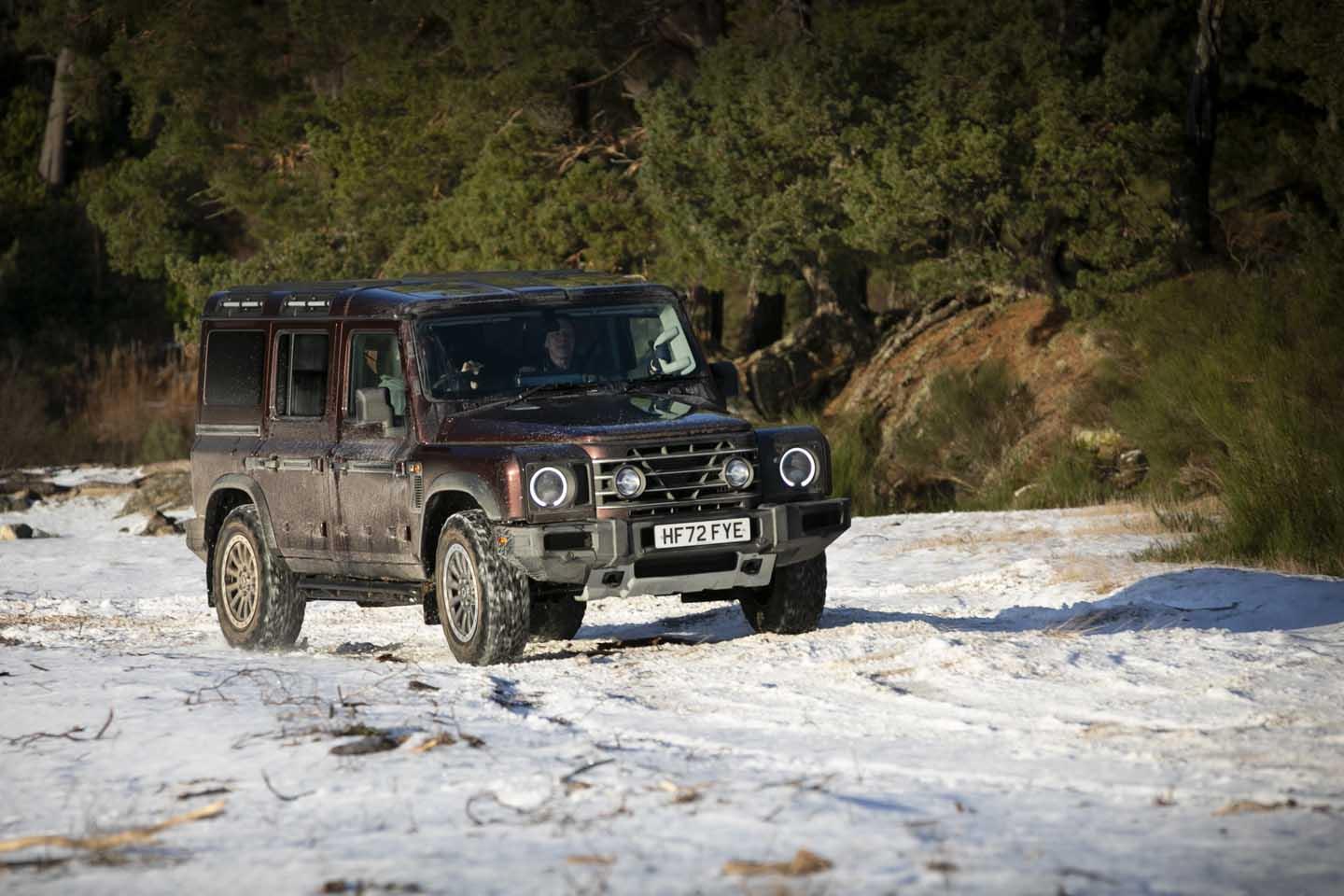Off-road adventures in a 4×4 vehicle can be thrilling and rewarding, but they also require a good understanding of safe driving techniques. Whether you're a seasoned off-roader or a beginner, knowing how to use 4-wheel drive (4WD) effectively is essential for a safe and enjoyable experience. In this guide, we'll explore 6 fundamentals of advice to Use 4-Wheel-Drive for a Secure off-road adventure.
Discovering About Your 4-Wheel Drive
Spend some time getting familiar with the features of your 4x4 vehicle before hitting the trails. Become familiar with the kind of 4WD system it has (full-time or part-time), as well as how to activate and deactivate it. Knowing what your car is capable of is the first step to driving off-road safely.
How 4WD Operates
Engine power to the transmission is distributed equally between the front and rear axles when 4WD is engaged. To move the car forward, there must be enough traction even though the tires receive the majority of the torque. The locking differentials are useful in this situation. Regardless of whether a portion of the car is off the ground, it delivers the same amount of power to all four wheels. For maximum traction, this enables the tires that are in contact with the ground to receive a constant amount of torque.
When to Use 4WD
4WD vehicles are not designed for daily use on paved roads. Turn it on when you come across difficult terrain, like mud, snow, sand, or uneven ground. When used properly, 4WD improves traction and stability. Regular on-road driving is not required, and using it in the wrong circumstances can result in mechanical stress and decreased fuel efficiency. Many other options are given a great variety of wheels is XM Off-road Wheels. These wheels increase your car's control and balance very well.
6 Fundamentals Advice to Use 4-Wheel-Drive
-
Keep Your Speed Reasonable
Off-road conditions can change quickly, so it's important to keep your speed reasonable and under control. Losing control can result from traveling too fast, particularly on uneven terrain.
-
Sufficient Tire Pressure
For off-road driving, fill your tires to the recommended pressures. Better traction is produced by decreasing the pressure because it increases the tire's surface area. But don't forget to re-inflate them when you're back on public roads.
-
Use Low-Range Gearing
When tackling steep declines or inclines, shift into lower-range gears. This increases your torque and control, making it easier for you to maneuver over challenging terrain.
-
Use Your Brakes Caution
Brake steadily and gently to prevent skidding. On slick surfaces, abrupt or forceful braking can cause a loss of control. To keep control during descents, think about applying engine braking in addition to the brakes.
-
Preserve Momentum
It can be very important to keep your speed constant in difficult off-road situations. Unexpected halts or hesitations may result in a stuck car. To get around obstacles, take a methodical and steady approach.
-
Pick the Correct Line
Evaluate the terrain and select the most direct route. Choose the smoothest path possible, staying clear of any obstacles that could harm your 28 inch Off-road wheels car, such as big rocks or deep ruts.
Safety Measures
Bring Necessary Equipment
Carry equipment for recovery, including high-lift jacks, shovels, and tow straps. Being ready for anything unexpected can mean the difference between a small bump and a big issue.
Recognize Your Limits
Recognize the capabilities of your car and your driving abilities. Never take on more than you are capable of handling, and put safety before excitement at all times.
Examine the Weather
Before leaving, keep an eye on the weather forecast. Off-road conditions can be greatly impacted by rain and snow, which can make some trails more difficult or even dangerous.
Is It Possible to Shift from 2H to 4H While Driving?
Always refer to your owner's manual to find out what the manufacturer suggests. You can shift from 2H to 4H while driving in certain cars, but in other, older models, you might need to stop or at least slow down.
When shifting from 2H to 4H while driving, it is advisable to decelerate the accelerator for a brief moment following the shift. By doing this, you can make sure that the transfer case engages seamlessly during the shift. But most cars have a different shift from 4H to 4L. You will need to stop completely.
In 4x4 High, How Quickly Can You Drive?
On low traction surfaces, driving above 55 mph in 4H is not advised. When using 4WD, you shouldn't go faster than 10 mph. Go to 4WD-High if you can safely travel at speeds greater than 10 mph while using 4WD.
Conclusion
Mastering the art of 4×4 driving requires a combination of knowledge, skill, and a safety-first mindset. By understanding your vehicle, practicing safe driving techniques, and taking necessary precautions, you can confidently embark on off-road adventures while minimizing risks. Always prioritize safety, respect the environment, and enjoy the thrilling experience of 4×4 exploration.
